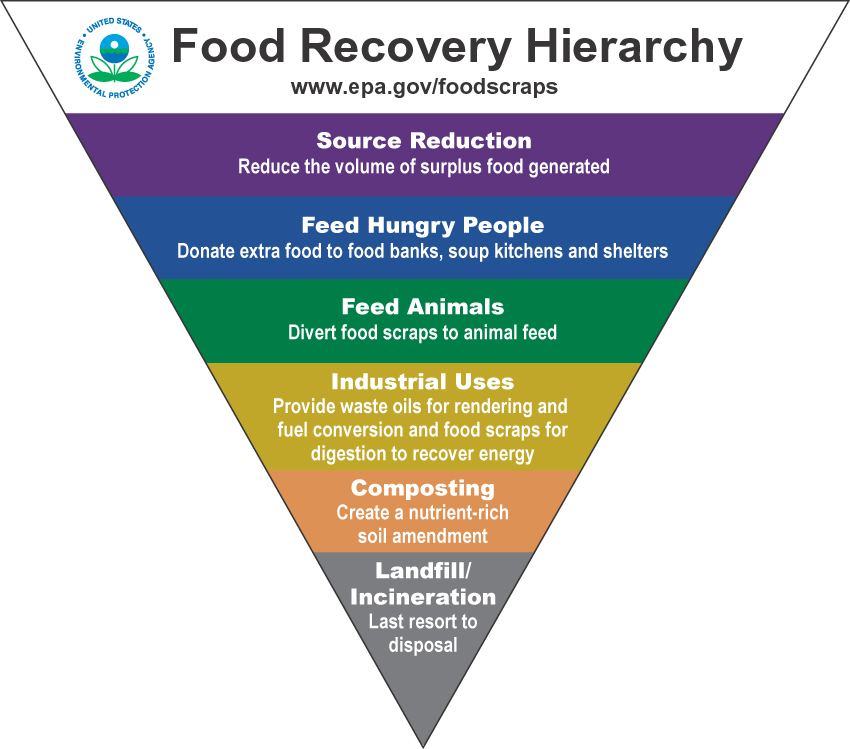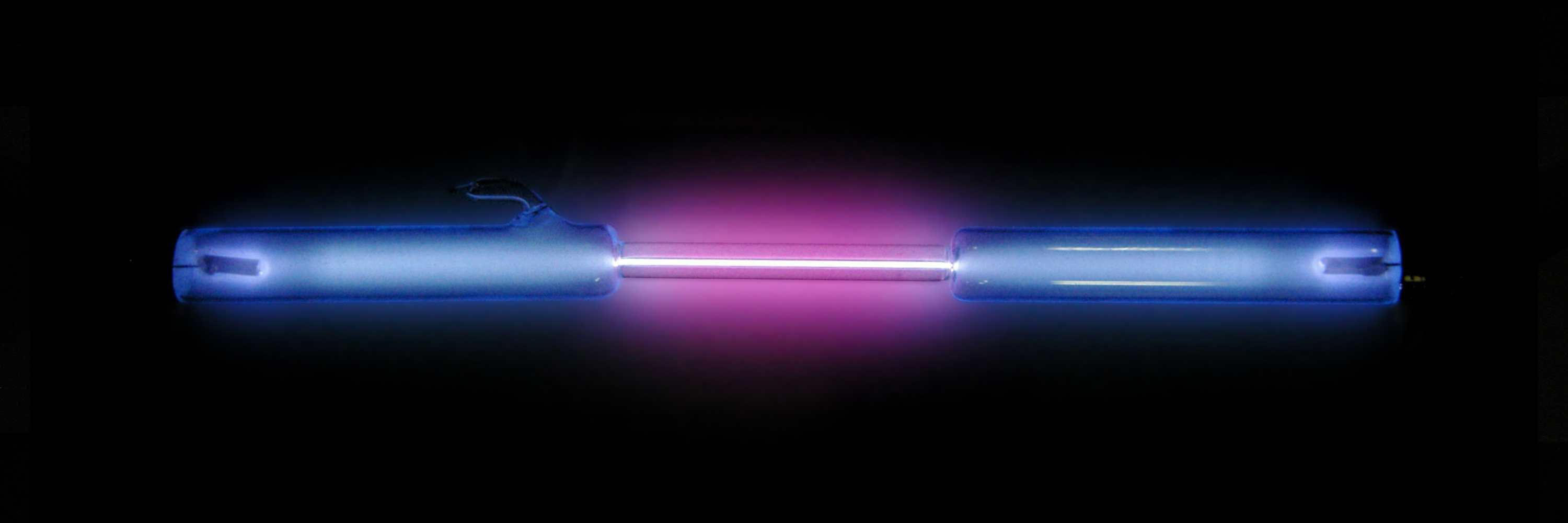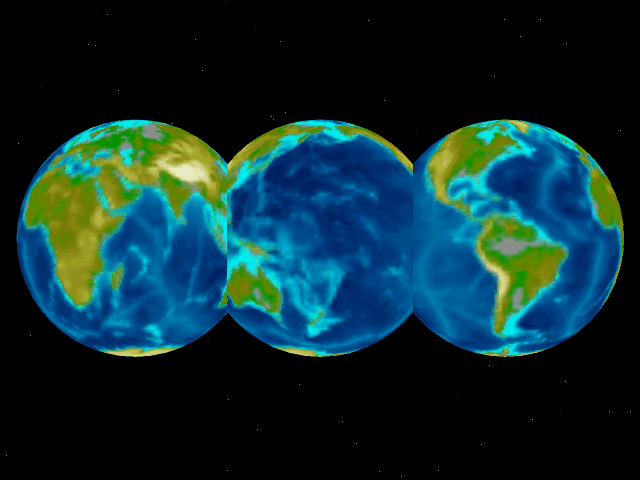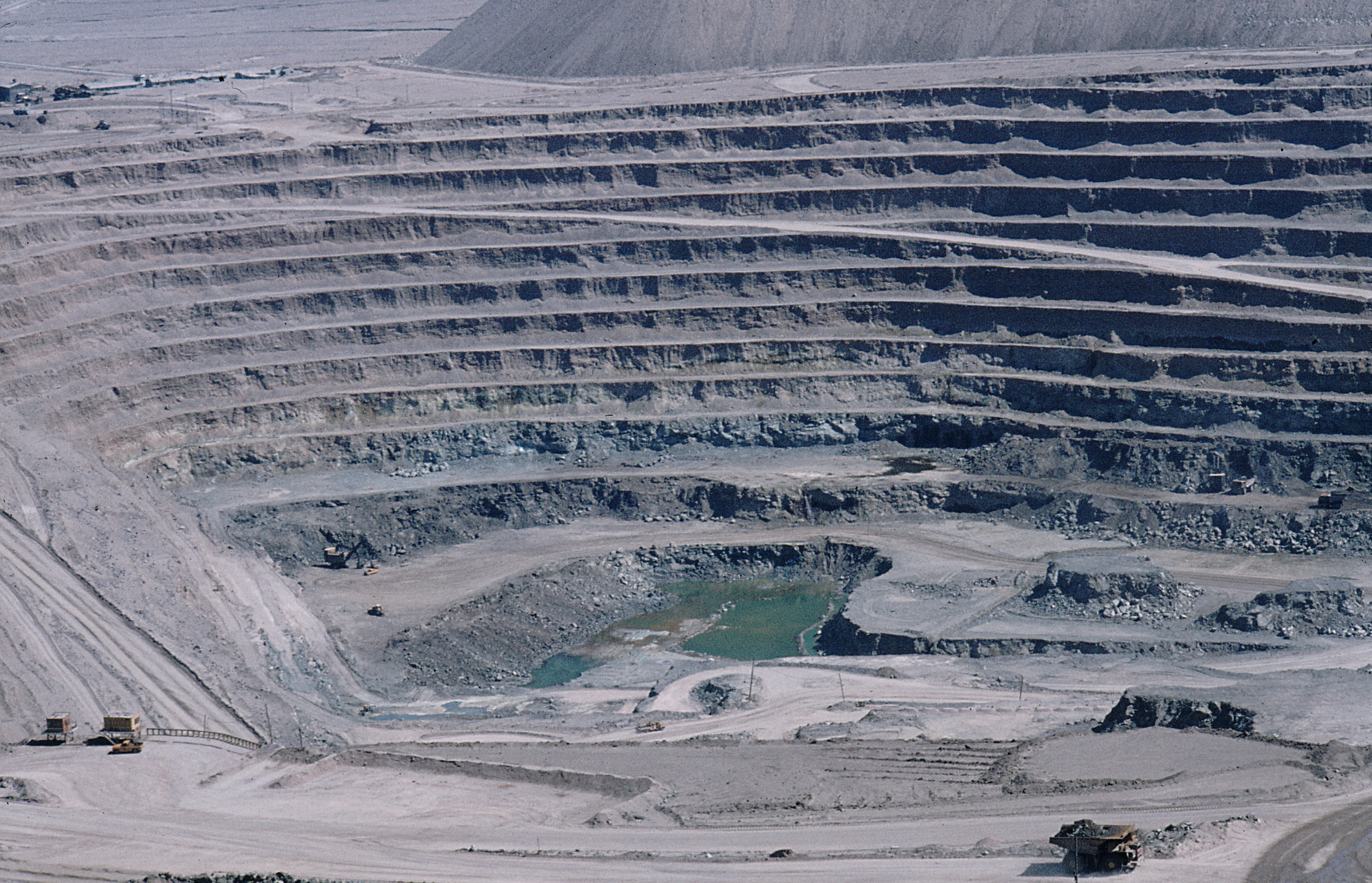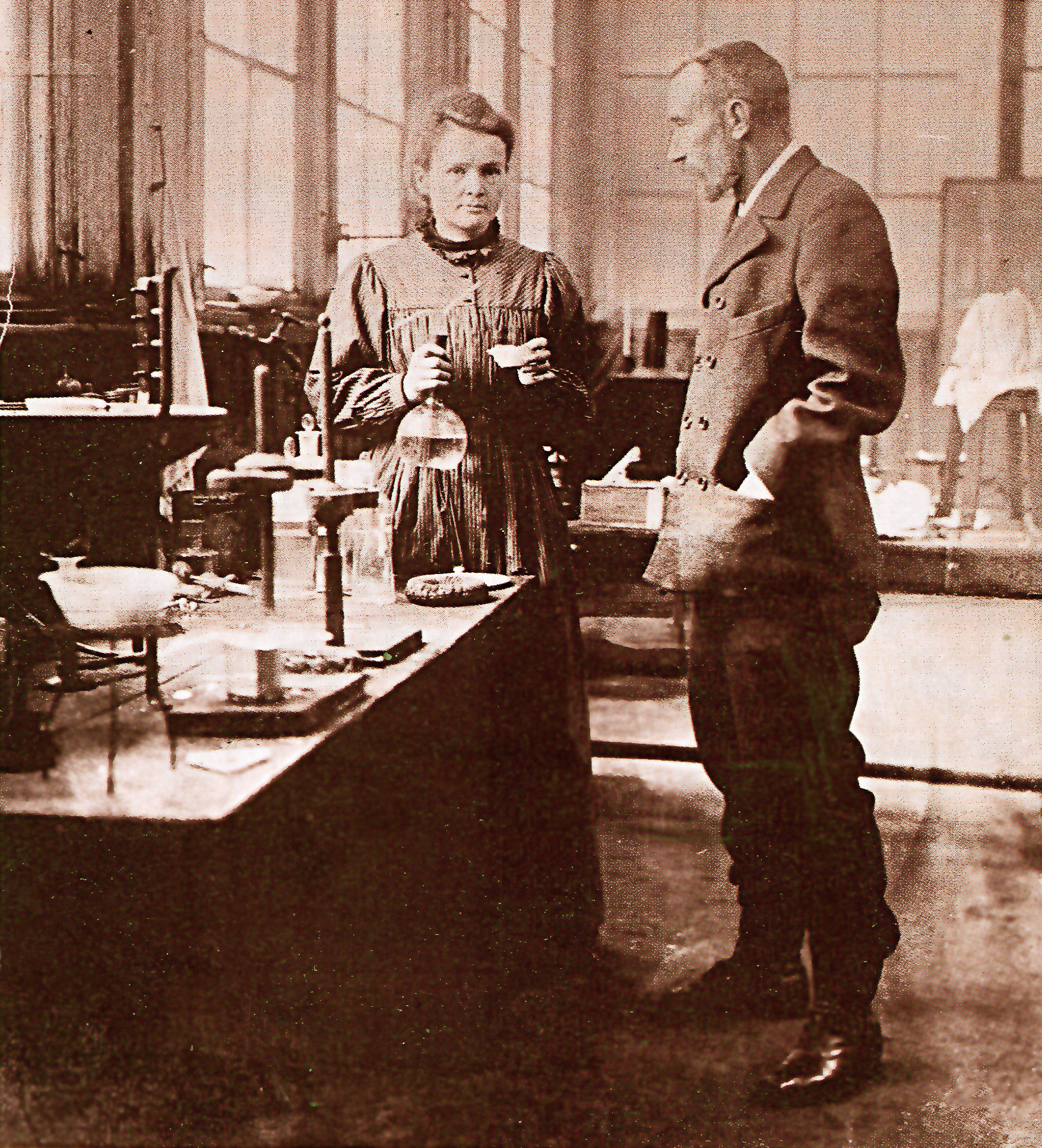
Every time you pop open a plastic bottle, a fountain of microplastics enters your beverage. While we have known about microplastics in our water supply, and are developing innovative filters to catch them, a new source of contamination has been revealed.
Imagine meeting a friend on a hot summer day. The heat is intense. You turn into the closest convenience store and purchase a chilled bottle of water. Your buddy opts for a fruit drink. Returning outside, you unscrew the little cap and take a long swig. Refreshing!

Later, you decide to pick up lunch to enjoy in a nearby park for a picnic. Eagerly, you both open your food packaging, re-open your beverages, and settle in for some prime people watching as you sip and quip.
But – did you know that every time you unscrew the cap on plastic bottle an invisible spray of nano and micro plastics cascades into your beverage? Or that the mere act of unwrapping a sandwich sprinkles an unseen, toxic condiment? The Food Packaging Forum in Switzerland released findings of a study examining effects of repetitive uncapping bottles and unwrapping food encased in protective plastic. It’s a warning to pop once, but not repeatedly.

Sadly, microplastics have been detected in the oceans, mountains, and some of the world’s most pristine waterways like Loch Lomond and Ullswater Lake in England’s beautiful Lake District. London’s Thames River registered 84.1 microplastic elements per liter of water. When the New River was developed in 1609 to bring fresh water to the burgeoning metropolis of London, neither King James I nor Hugh Myddleton (any relation to the Princess of Wales?) intended for the new waterway to bring anything but health and beauty. The system still supplies water to London, but now there may be a reason to refine and renew the waterway.

Scientists have known that plastic used in dietary prep and packaging leaches toxic chemicals into food and beverages. Microplastics found in the carotid arteries of consumers made those people twice as likely to suffer heart attacks and strokes. Microplastics have also been found in human brains, maternal milk, and even some penises. Above, you can see the image of microplastics that penetrated the cytoplasm of a human cell.

The average 1 liter plastic beverage bottle (or the same amount at two bottled waters sold at a convenience store for personal consumption) contains 240, 000 plastic particles: 90% nano and 10% micro plastic.

So, if plastic is ubiquitous, what can you do?
- Don’t pop that top – more than once. Carry a metal (or glass) beverage container and, after opening that nice chilled drink you just purchased, pour the beverage into your vessel and recycle the plastic bottle.
- Sandwich? Ask for plain paper wrapping, if available.
- Never microwave anything in plastic or put it in the dishwasher: heat causes more leaching.
- Bring your own utensils, neatly tucked in your bag, instead of accepting plastic cutlery when enjoying take-out.
- Take-home? Bring your own container to load your leftovers.

Get involved in change. Explore current laws regulating plastics design and reuse. Participate in the next round of agreements leading to a Global Plastics Treaty, joining those from 175 countries meeting in Geneva, Switzerland, August 5-14, 2025, to refine and advance a legally-binding instrument to address plastic pollution. Here, you can add your voice to those calling to end plastic pollution with a global treaty.
Environmental Law Alliance Worldwide. https://elaw.org
Food Packaging Forum Foundation. https://foodpackagingforum.org
Global Plastic Laws. “A Mandate for a UN Plastics Treaty.” https://www.globalplasticlaws.org/un-global-plastics-treaty
LaMotte, Sandee. “Microplastics shed by food packaging are contaminating our food and drink.” 24 June 2025. CNN. https://www.cnn.com/2025/06/24/health/microplastics-food-packaging-study-wellness
Marfella, Raffaele, et al., “Microplastics and Nanoplastics in Atheromas and Cardiovascular Events. 6 March 2024. New England Journal of Medicine, Volume 390, No. 10. https://www.nejm.org/doi/full/10.1056/NEJMoa2309822
Plastic Pollution Coalition. https://www.plasticpollutioncoalition.org
Plastics Industry Association. https://www.plasticsindustry.org
Sharma, Brij Mohan, Jane Muncke, Justin Boucher, Lisa Zimmerman. “Complementing global chemicals management through shaping consumer behavior.” May 2025. iScience 28(6): 112700. https://www.researchgate.net/publication/391885394_Complementing_global_chemicals_management_through_shaping_consumer_behavior
United Nations. “Global Plastics Treaty: 2025.” https://www.un.org/pga/73/plastics/
Building the World Blog by Kathleen Lusk Brooke and Zoe G. Quinn is licensed under a Creative Commons Attribution-NonCommercial-NoDerivs 3.0 U
